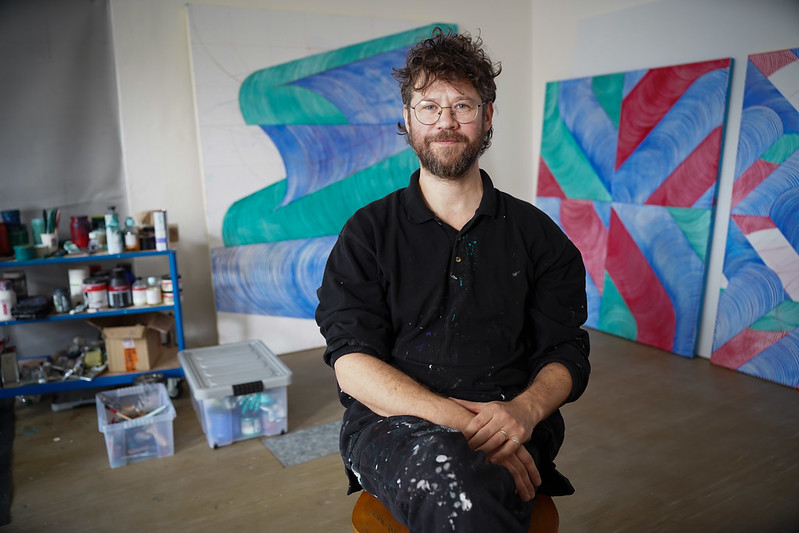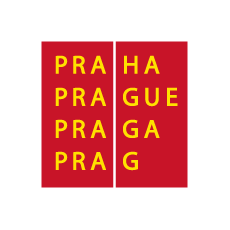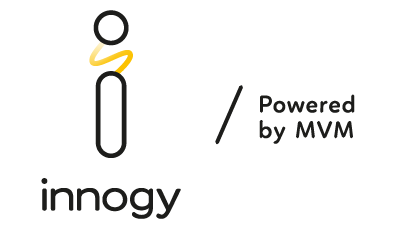Prague Spring Art Salon
This year’s Prague Spring Festival has introduced new features in its accompanying programme, one of which is the Prague Spring Art Salon project, which focuses on visual arts. Festival representatives and curators Jan Kudrna and Milan Dospěl approached six Czech contemporary visual artists who have created works inspired by Bedřich Smetana’s cycle of symphonic poems “My Country”, the 200th anniversary of his birth this year. This unusual challenge was accepted by Milan Grygar, Petr Nikl, Ivan Pinkava, Jakub Roztočil, Ira Svobodová and Daniel Vlček. The opening of the Prague Spring Art Salon exhibition will take place on the occasion of the opening concert, and the works will be exhibited at the festival concerts in the Rudolfinum and the Municipal House.
On 26 May, this unique collection will be auctioned at the 91st auction of KODL Gallery and Artslimit.com, who are partners of the project. The proceeds of this benefit auction will be donated to the Prague Spring Festival for its further development. We believe that this will create a unique accompanying art program for our festival and make it an annual tradition.
Take a look into the studios of the artists of the Prague Spring Art Salon
Milan Grygar
is the main representative of the domestic post-war art scene. Since the mid 1960s, he has devoted himself to creation based on acoustic perception. Since the second half of the 1990s, he has focused mainly on the Antiphon cycle, on which he has been working to this day. The antiphon is a musical form based on the liturgical verse. It allows to express the relationship of two sound elements clashing in one space and time, mostly radically contrasting but, at the same time, mutually accommodating in a way. It constitutes a visual transcript of the audio event. The image from this latest Antiphon series is also based on the essence of visual contrast and sound articulation. Red and black captures and comments on the harmony of the source composition – the verse. The author works with the composition in a highly precise and thoughtful manner. There is no apparent randomness. It is the colour scheme and its contrast, with which Milan Grygar began to work after 2005, that brings the possibilities of spatial relationships to the originally monochrome canvases.
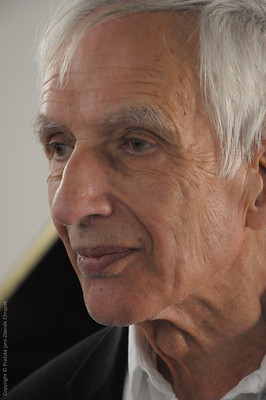
Petr Nikl
has been one of the central figures of Czech culture for the last thirty-five years. His creative span is unprecedented and ranges from paintings and illustrations to theatre, acting or music. He has won a number of important awards. The artist combines classical painting techniques with a conceptual approach. Both attitudes are an equal means of expression that alternates over time. In the painting My Country, he builds upon the conceptual approach that he first used on the occasion of the successful exhibition Playing for Time (Prague City Gallery, 2013). He applies ink and Chinese ink of six colours to the surface of the painting which he divided into six segments. These are then distributed on the canvas by mechanised beetles who create the final form of the work. The author conceives the painting as a visual transfer of My Country, in which each of the six colours (according to the number of parts of the symphonic poem) is the result of a subjective view of the perception of sound. The colours were placed by Petr Nikl in those parts of the painting that reflect the mood and personal relationship to the topic. The rest is the work of a specific randomness and a certain fate slightly dependent on time, space and the specific features of the individual environment.

Ivan Pinkava
is a prominent Czech photographer who is also sought after by collectors of paintings for his approach to photography and especially for his work. He is represented in a number of foreign reference collections. His photographs are elaborated, artistically perfectly accomplished and accurate. The basic idea is to capture the emotion. The artist works primarily with motifs of the impact of time and with subtle distortions of generally experienced visual experience. He does not need excessive gestures. To him, the reduction of expression and form is more than a spectacular presentation of the content. In the photograph My Fatherland he reflects his relationship to “My Country” as a symbol that he subjects to his own exploration. The theme is condensed into a conceptual form of individual dark fragments installed in a typical creative environment. He narrates a nonverbal story where in hints he comments on a personal relationship or, more precisely, an observation of the essence of oneself, one’s country and the existence in general. The photograph My Fatherland will be created in a limited series of three pieces.
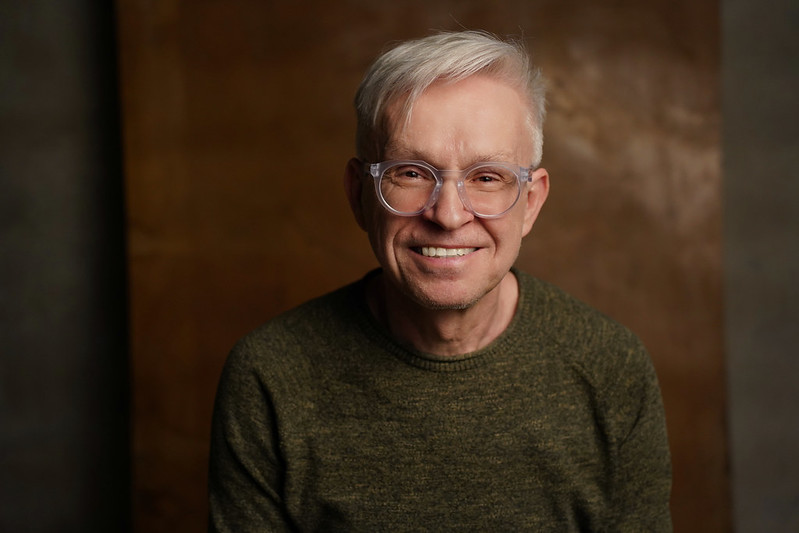
Jakub Roztočil
Jakub Roztočil´s approach to the painting is very specific and authentic. In his rendition, the painting is a unique combination of sculpture and painting, with both media working on the basis of musical tracks. As he himself says, he created a kind of “finger of God” with the help of which he conducts his visual experiments. He invented and built a machine that applies paint to a canvas covered with a thin layer of water on the basis of source musical composition, with which the author interferes in an arbitrary but thought-out manner, thus affecting the final form of the painting. In the painting No. 78, for the first time the author works with the colour spectrum of six basic colours which is the number of symphonic poems of My Country. By means of his conceptual language, the author translates the audio content of Smetana’s My Country into the essentially typical form of his previous work which has been created in limited and closed series. To put it simply, in Jakub Roztočil’s rendition, it is a painting – and at the same time an object and a sound recording – that is transformed into an autonomous piece of work.
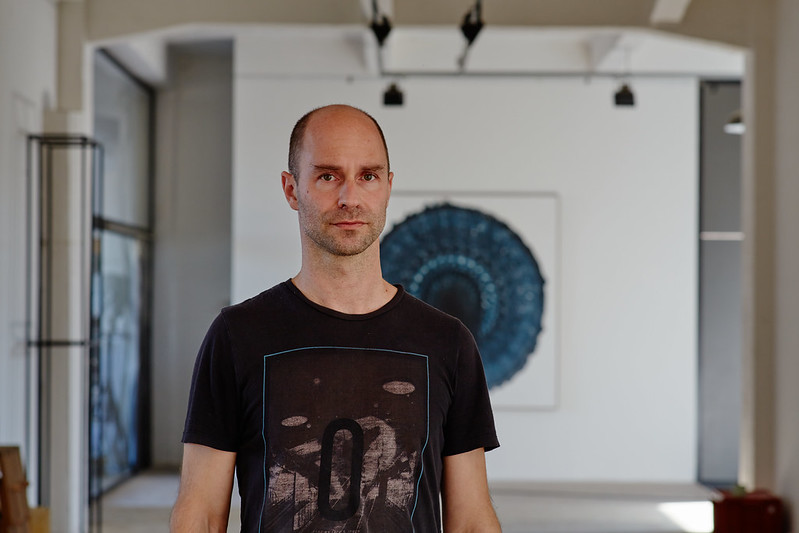
Ira Svobodová
In recent years, the concentrated, sensitive and precise paintings by Ira Svobodová have found a stable place on the domestic non-figurative scene. Through galleries and fairs, she has also established herself abroad, her works are represented in many collections in the USA, Austria and Norway. In her work, Ira Svobodová has often found inspiration in classical music. Generally speaking, the rhythm (which she perceives in music as well as in poetry) and its sensitive transfer have been most evident in the past series in ribbon modelling which is based on the morphology of the circle which was the central motif of the Void series. The painting “Šárka” is inspired by one of the six symphonic poems of the Smetana’s My Country. The number six is used in the number of spears around which the ribbon is modelled which serves as the visual code to the original key. Generally speaking, the painting “Šárka” is an extraordinary and unprecedented synthesis of both the technical and content experience of the author.

Daniel Vlček
has established himself in the past as a prominent representative of the musical and performative scene (Reverend Dick or Guma Guar). Subsequently, he and his colleagues have actively participated in the club and gallery scene (the Ferdinand Baumann Gallery and the Berlínskej model gallery). Gradually, he increasingly profiles himself as a painter and conceptual artist working with visual capturing of sound. He is the author of sound installations and experimental projects in which he collects and captures specific and often subliminal sounds for the purposes of his own art programs. In painting, he approaches sound in an entirely fundamental and formal way. He developed a specific and authentic procedure, where vinyl records of My Country serve as a matrices whose diameter determine the basic graphic proportions of the work. Paintings are created by carefully layering and overlapping of individual visual plans. Each painting is thus a unique specific event that is based on technological nuances, the accuracy of the design and the specific bonding between the layers of paint, background and canvas.
